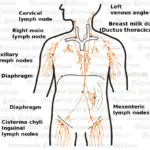
Organ Lymph Node
The organ lymph node has a slight self-esteem conflict as its conflict content and is controlled from the cerebral medulla. Similar to the bone, each lymph node has its own conflict content. The handedness is decisive.
Since many organs often consist not only of tissue from one but from several cotyledons, a single organ often has different conflict content. Therefore the classification of medicine according to organs is outdated. More bio-logical would be the classification of medicine according to the cotyledons.

The organ lymph node has a slight self-esteem conflict as its conflict content and is controlled from the cerebral medulla. Similar to the bone, each lymph node has its own conflict content. The handedness is decisive.
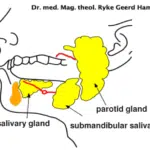
The outer oral mucosa in the Organ Mouth is the squamous epithelium and belongs to the so-called SORE GULLET MUCOSA PATTERN. So it hurts in the conflict-active phase and the crisis. The conflict content is also a morsel conflict, but concerning partner or mother/child. It
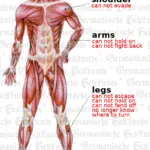
The organ musculature is connective tissue (cerebral medulla) and always have a self-devaluation conflict due to paralysis (motor conflict, loss of function, cerebral cortex). So you have to solve the motor conflict to solve this self-value collapse (automatically).
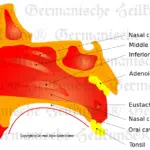
In the organ nose we have the squamous mucosa with its cause stink or scent conflict. But there is also the olfactory conflict with functional failure.
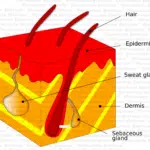
The organ outer skin has an outer skin (squamous epithelium, separation conflict), and it has the underlying dermis (glandular-like tissue, disfigurement conflict). In the active phase of a separation conflict, the outer skin is dry, and it scales. These ulcers are replenished with swelling and
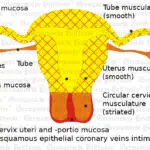
The organ ovary is controlled from the cerebral medulla (luxury group) and have a loss around human or animal conflict content.
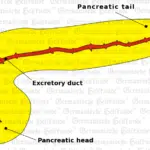
Organ Pancreas a distinction must be made between the pancreas’ glandular tissue (fight and the morsel, inheritance conflicts) and the excretory duct (territorial anger). Moreover, there are the islet cells (hyperglycemia, hypoglycemia).
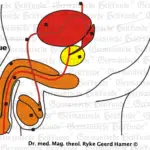
The organ prostate is the male counterpart to the female uterine mucosa.
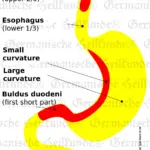
The organ stomach, with its glandular tissue, has the morsel as conflict content. The small curvature is lined with squamous epithelium on the stomach, controlled from the territorial area of the cerebral cortex.
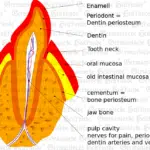
Organ Teeth Each tooth has its own biting conflict. No distinction is made between upper and lower teeth. The dentine has a self-value conflict, “not being able to bite.” While the enamel has the conflict content: “not allowed to bite.”
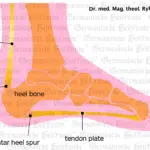
Organ Tendons: Each tendon has a specific self-devaluation conflict as its cause, e.g., a child not being able to hold on = tendons of the mother/child hand. In hanging healing, they can ossify.
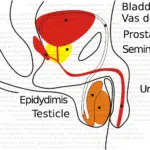
The Organ Testis is the male counterpart to the female ovary.
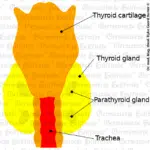
The organ thyroid gland has as conflict content the morsel where one was too slow to get it or get rid of it. This SBS now helps to solve this conflict through hyperthyroidism (becoming faster). With the thyroid excretory ducts, we have the powerless conflict

The organ tonsils are about a morsel conflict. Right side: not getting a good morsel. Left side: not getting rid of a bad morsel. Since it is a glandular tissue and is controlled from the brainstem, handedness has no influence here. In the active phase
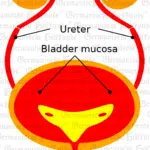
The organ urinary tract is covered with squamous epithelium, starting with the renal pelvis and continuing through the ureters, the entire bladder, and the urethra. This is always a matter of territorial marking conflicts. The man has his outer territory, and the woman has her

The organ uterus (womb) is an organ composed of all four tissue types. Cervix uteri and -portio mucosa = squamous epithelium. Sphincter = striated muscle (connective tissue). Uterus mucosa = glandular tissue. The musculature of the uterine body = smooth musculature.
TODAY: 23
LAST 30 DAYS: 4.570
THIS YEAR: 25.275
TOTAL: 144.390
| Cookie | Duration | Description |
|---|---|---|
| cookielawinfo-checkbox-analytics | 11 months | This cookie is set by GDPR Cookie Consent plugin. The cookie is used to store the user consent for the cookies in the category "Analytics". |
| cookielawinfo-checkbox-functional | 11 months | The cookie is set by GDPR cookie consent to record the user consent for the cookies in the category "Functional". |
| cookielawinfo-checkbox-necessary | 11 months | This cookie is set by GDPR Cookie Consent plugin. The cookies is used to store the user consent for the cookies in the category "Necessary". |
| cookielawinfo-checkbox-others | 11 months | This cookie is set by GDPR Cookie Consent plugin. The cookie is used to store the user consent for the cookies in the category "Other. |
| cookielawinfo-checkbox-performance | 11 months | This cookie is set by GDPR Cookie Consent plugin. The cookie is used to store the user consent for the cookies in the category "Performance". |
| viewed_cookie_policy | 11 months | The cookie is set by the GDPR Cookie Consent plugin and is used to store whether or not user has consented to the use of cookies. It does not store any personal data. |
You’ll be informed by email when we post new articles and novelties. In every email there is a link to modify or cancel your subscription.